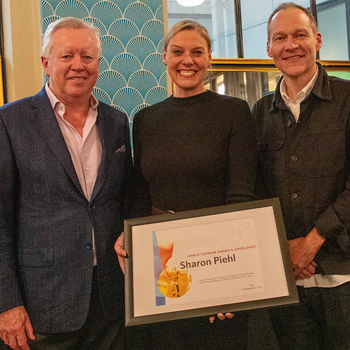Bringing brands into a cause-related conversation successfully
Reflecting on Women’s Month is always a sobering activity. This year put a particularly stark spotlight on the brutal realities that many women have had to endure during this lockdown period. An analysis of conversations by women in SA during this month showed that there were more than 39,000 mentions during August and more than 10 key topics being spoken about, including job equality, gender-inclusive language, celebrating womanhood, and gender-based violence.
There’s no denying that gender-based issues in South Africa are vast and complex and each of these issues require strong voices from both the public and private sector in order to bring about tangible change. Brands, however, seem to be treading carefully when it comes to participating in more focused conversations and there’s still a resounding uncertainty about how to engage genuinely in this space.
As communications consultants, our clients look to us for guidance on when, where, and how to partake. We need to consider things like (but not limited to) the news agenda, online conversation trends, how the brand fits into that narrative and whether the message they are trying to get across reflects real action they are taking within their organisation.
Certainly, companies have come a long way from simply seeing Women’s Day as just an annual calendar reminder to give a “shout out” to female talent. In the last month, I’ve seen many brands initiate diverse, critical and meaningful conversations.
Recently a client of ours successfully launched the first of hopefully many Linkedin Live sessions that focused on key gender-based issues in the workplace. The launch was a resounding success for a few reasons:
- Allowed honest conversations to happen: We’re in the business of reputation building which often means taking a risk-averse approach. This can lead to over-engineering opportunities that would have been ripe for organic engagement. In these instances, it’s important to just consider the message being delivered and the desired outcome. This will determine a structured vs a more fluid approach.
- Leveraged internal talent first: Enlisting an external speaker lends diversity of thought to certain topics but depending on the subject matter being discussed, consider looking at existing talent first, especially if you are trying to reach an internal audience. The stories shared will resonate better with audiences who are comfortable with a familiar face and encourage more dialogue.
- Created an authentic experience: There is something extremely powerful about an organic brand engagement that leaves communities feeling inspired and wanting more. This live feed showed transparency by the brand, encouraged openness from the speakers and promoted audience participation.
It goes without saying that our role in bringing clients into these crucial conversations is undeniable. The onus is on us to be proactive in creating the right setting to reach the desired outcomes based on our recommended approach.
In order to generate true brand trust in 2020, a client’s message must align with their values and actions and avoid the bandwagon conversations just for the sake of being part of an important topic.
Find Out More
-
Digital Insights Bulletin - October 2024
October 31, 2024
-
Sharon Piehl Wins 32nd Annual John D. Graham Award for Excellence
October 25, 2024
-
Digital Insights Bulletin - September 2024
September 30, 2024


